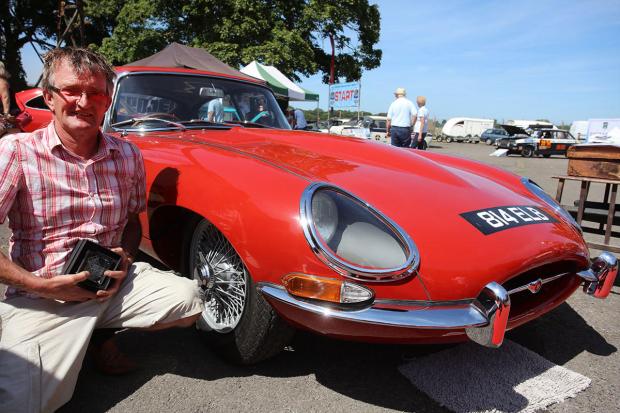
A 1962 Jaguar E-type driven by Sean Connery in the 1964 film Woman of Straw has been awarded the Best of Show gong in the inaugural Flywheel Concours, part of The Classic & Sports Car Show in association with Flywheel, at Bicester Heritage on 23-24 June.
The beautifully presented 3.8 Series 1 coupé was the pick of a spectacular array of vehicles gathered in Bicester’s technical area and were split into five concours classes comprising Dawn of the Supercar, Movie Star Cars, 50 years of British Leyland, Classic & Historic Rally Cars, and The Class of 1948.
“I haven’t been able to sleep for a month since getting the invitation, I was so excited because I've never been to anything like this before, and was worried the car wouldn't be good enough!" said owner Lee Mynard. “I’m blown away and a bit overawed by it all, I didn’t know what to expect and can’t believe what a fantastic event it has been.”
The E-type – star of the film adaptation of French crime thriller La Femme de Paille by Catherine Arley – beat stiff competition from dozens of world-class cars, including those from arguably the most eye-catching (and certainly the most valuable) class that boasted five incredible classics from the early beginnings of the supercar.

Star of the display was Niall Holden’s stunning 1972 Lamborghini Miura SV, which set the tone with its swooping Gandini-penned lines and striking paintwork, and topped its class. The car is one of just seven right-hand drive examples and was ordered new by Rod Stewart following the success of hit record Maggie May.





